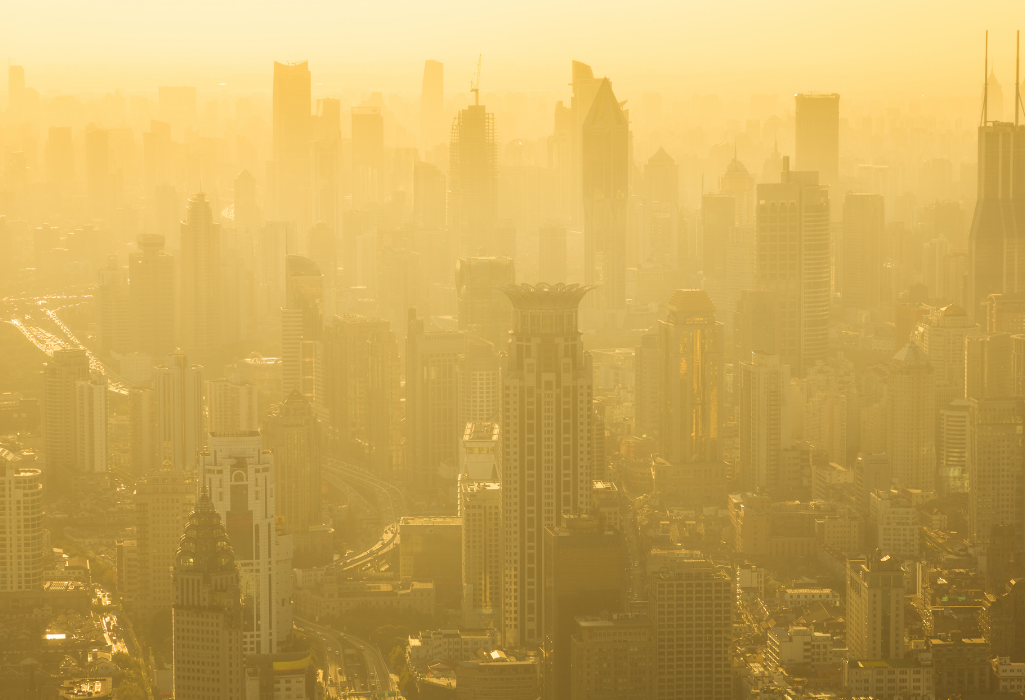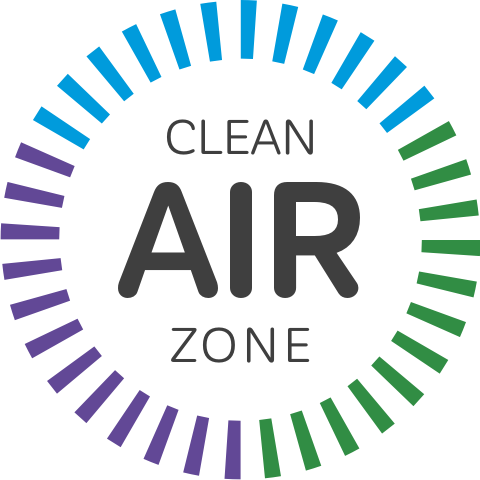Safe, clean air has never been more critical. Clean air is a necessity, a human right, as it should be.
According to the United Nations Environment Programme, Climate and Clean Air Coalition, indoor and outdoor air pollution results in over 7 million deaths worldwide each year.
Progress has been made in progressive countries such as the United States, however the struggle for a simple necessity remains. National legislation was implemented to address the air pollution crisis over fifty years ago in the U.S. with the passing of the 1970 Clean Air Act which resulted in improved air quality across the country. But despite the success of the Clean Air Act, air pollution continues to be our single biggest environmental health risk today.
The Clean Air Act (CAA) is the comprehensive federal law that regulates air emissions from stationary and mobile sources. Among other things, this law authorizes EPA to establish National Ambient Air Quality Standards (NAAQS) to protect public health and public welfare and to regulate emissions of hazardous air pollutants.
One of the goals of the Act was to set and achieve NAAQS in every state by 1975 to address the public health and welfare risks posed by certain widespread air pollutants. The setting of these pollutant standards was coupled with directing the states to develop state implementation plans (SIPs), applicable to appropriate industrial sources at the state level. The Act was amended in 1977 and 1990 primarily to set new thresholds for achieving attainment of NAAQS since many areas of the country had failed to meet existing deadlines and populations continued to expand.

Sources of Pollution
Throughout the first half of the 20th century, industrial facilities continued to pollute the nation’s air with little regulation, leading to increased cases of emphysema and asthma. The plummeting air quality resulted in hundreds of deaths as killer smog blanketed major cities, which included not only poor visibility but instances of acid rain – it was no longer an issue that could be ignored.
Improvement
Presently, air quality in the United States has improved dramatically by controlling common pollutants such as sulfur dioxide and nitrogen oxides and placing restrictions on dangerous air toxins. However, in recent years, there has been another increase in dangerous air pollution levels suggesting air quality regulations need to be altered again to mitigate health risks, combat the climate crisis, and support economic growth.
According to the United Nations, the United States Environmental Protection Agency (EPA) estimates that amendments made to the Act are responsible for preventing over 230,000 early deaths by 2020, as well as significantly reducing the frequency of respiratory diseases including chronic bronchitis and asthma exacerbation – however, although hundreds of thousands of deaths have been prevented through the Clean Air Act, the United States remains a leading country for premature pollution-related deaths. Additionally, there are countless countries that simply don’t have the economic means to put such regulatory commissions in place nor are they controlling the density of populations in highly urban areas such as Tokyo, Japan. The war on clean air is still ongoing and may always remain one of the largest hurdles for mankind to overcome. On a micro-level everyone can do their own part through educated choices, for example, commuting, recycling, and minimizing energy consumption; and maintain healthy spaces (corporate or residential) with indoor air purifiers like Clean Air Zone (CAZ).

